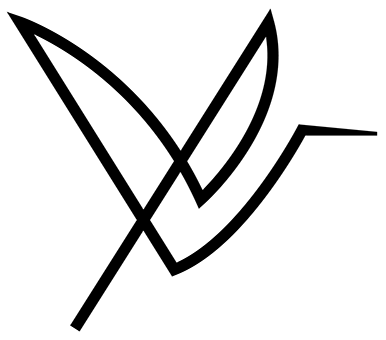What happens in the capillary network around the alveoli?
What happens in the capillary network around the alveoli?
There is an exchange of gases between the alveoli and their surrounding capillary blood vessels. Oxygen diffuses from the alveoli into the blood. Carbon dioxide diffuses from the blood into the alveoli.
What is alveolar capillary network?
The alveolar capillary network (ACN) has a large surface area that provides the basis for an optimized gas exchange in the lung. Structural alterations of the pulmonary vasculature can lead to pathological functional conditions such as in bronchopulmonary dysplasia and various other lung diseases.
What does the capillary network do?
Capillaries, the smallest and most numerous of the blood vessels, form the connection between the vessels that carry blood away from the heart (arteries) and the vessels that return blood to the heart (veins). The primary function of capillaries is the exchange of materials between the blood and tissue cells.
What are the capillary beds surrounding the alveoli?
The alveoli are surrounded by tiny blood vessels, called capillaries. The alveoli and capillaries both have very thin walls, which allow the oxygen to pass from the alveoli to the blood. The capillaries then connect to larger blood vessels, called veins, which bring the oxygenated blood from the lungs to the heart.
What is the purpose of the alveoli and the capillary network?
The walls of the alveoli share a membrane with the capillaries. That’s how close they are. This lets oxygen and carbon dioxide diffuse, or move freely, between the respiratory system and the bloodstream. Oxygen molecules attach to red blood cells, which travel back to the heart.
Why alveoli are covered with blood capillaries?
a) Alveoli present in the lungs are covered with blood capillaries so that the exchange of gases can take place between the membranes of the alveoli and the surrounding capillaries. This allows oxygen to diffuse into the blood and carbon dioxide to diffuse out of the blood.
Why are alveoli so thin?
Answer – The walls are so thin that the oxygen, brought in during inhalation, can diffuse through them to enter your blood. Likewise, carbon dioxide is carried by your blood to the blood vessels in the alveoli where it diffuses through the thin wallsand into the air in your lungs.
What is the function alveoli?
The alveoli are where the lungs and the blood exchange oxygen and carbon dioxide during the process of breathing in and breathing out. Oxygen breathed in from the air passes through the alveoli and into the blood and travels to the tissues throughout the body.
What are the 3 types of capillaries?
There are three types of capillary:
- continuous.
- fenestrated.
- discontinuous.
Why do capillaries in a human body do not have any valves?
From the arteries, the entry of blood occurs in the capillaries which happens by the pressure of blood. Then it enters the veins. From here, the blood enters to the heart’s right side. It is clear that the blood travels because of pressure of blood so there is no requirement of valves in the capillaries.
What are the features of alveoli?
Features of the alveoli
- they give the lungs a really big surface area.
- they have moist, thin walls (just one cell thick)
- they have a lot of tiny blood vessels called capillaries.
What happens between the alveoli and the capillaries?
Diffusion is a process that occurs during respiration, in which gasses pass between the walls of the alveoli and the capillaries. According to the National Institutes of Health, oxygen moves from the lungs into the blood, and carbon dioxide is removed from the blood an exhaled.
Where does carbon dioxide diffuse through the capillaries?
Carbon dioxide diffuses from the erythrocytes (red blood cells), through the capillary walls, into the alveoli, and is exhaled through the mouth and nose. Wiki User 2010-05-29 00:46:02 This answer is:
How many liters of oxygen does the alveoli send per minute?
When you’re at rest, the alveoli send 10.1 ounces (0.3 liters) of oxygen to your blood per minute. To push the air in and out, your diaphragm and other muscles help create pressure inside your chest. When you breathe in, your muscles create a negative pressure — less than the atmospheric pressure that helps suck air in.
How does the respiratory system pump blood through the lungs?
pumping blood through your lungs (perfusion) Although tiny, the alveoli are the center of your respiratory system’s gas exchange. The alveoli pick up the incoming energy (oxygen) you breathe in and release the outgoing waste product (carbon dioxide) you exhale.
What happens in the capillary network around the alveoli? There is an exchange of gases between the alveoli and their surrounding capillary blood vessels. Oxygen diffuses from the alveoli into the blood. Carbon dioxide diffuses from the blood into the alveoli. What is alveolar capillary network? The alveolar capillary network (ACN) has a large surface…
